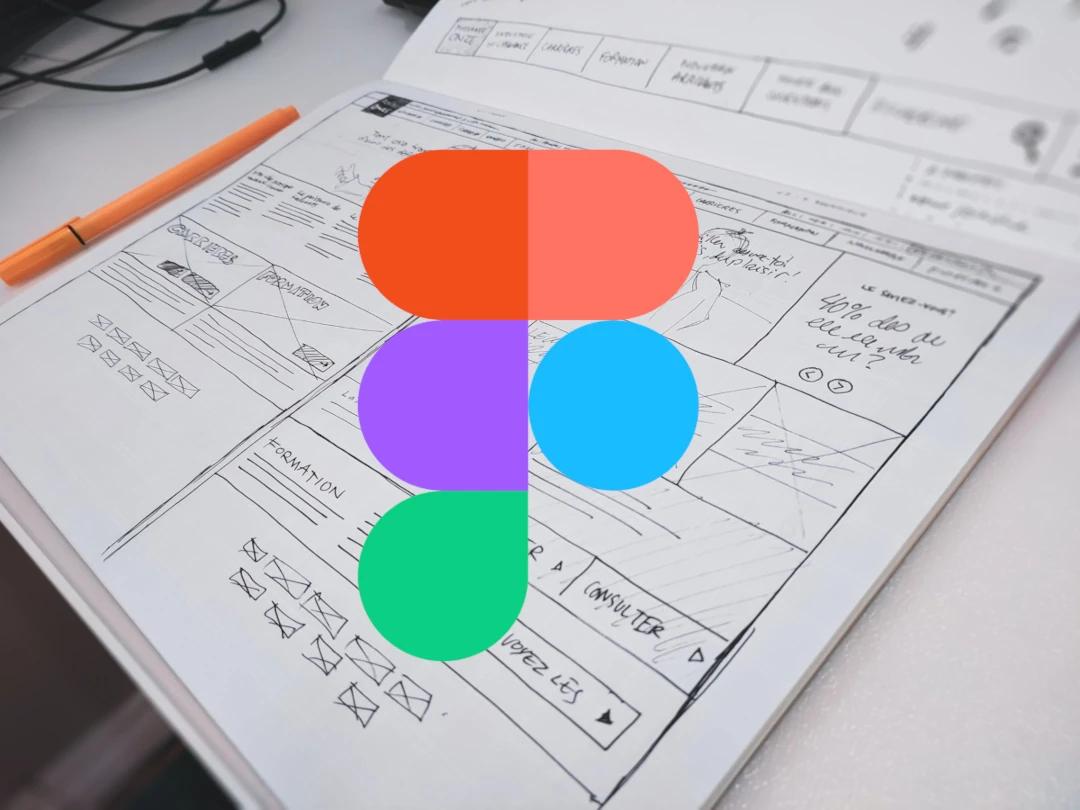Sun Nov 12 2023
Design Website with Figma: Empowering Web Design Like Never Before

The world of web design has witnessed a paradigm shift with the emergence of advanced design tools that empower designers to create visually stunning and user-centric websites. Among these tools, Figma stands out as a revolutionary platform that redefines the web design process. In this article, we will explore how Figma is reshaping web design, from its collaborative features to its intuitive interface, making it a go-to choice for designers across the globe.
What is Figma?
Figma is a cloud-based design tool that has gained immense popularity for its versatility and collaborative capabilities. Unlike traditional design software, Figma allows designers to work seamlessly in the cloud, eliminating the need for installations, updates, and compatibility issues. This empowers designers to access their projects from any device with an internet connection, fostering a truly flexible and dynamic design process.
How Figma Transforms Web Design
1. Unified Platform
Figma offers a comprehensive suite of design tools that span the entire design journey, from ideation to prototype to handoff. Unlike traditional design software, Figma operates entirely in the cloud, eliminating the need for constant updates, downloads, and compatibility issues. This approach ensures that designers are always working with the latest version of the platform, fostering a seamless and efficient design process.
2. Responsive Design
One of the most significant challenges in web design is creating layouts that seamlessly adapt to various screen sizes and devices. Figma simplifies this process with its auto-layout feature. Designers can create responsive components that automatically adjust based on content and screen dimensions. This not only speeds up the design process but also ensures that the final product is user-friendly across devices.
3. Collaborative Design
Figma's real-time collaboration features are a game-changer for design teams. Designers can work together on the same project simultaneously, regardless of their physical location. This eliminates the need for cumbersome file-sharing and version control. The ability to see changes in real-time promotes efficient communication and a sense of unity within the design team.
4. Interactive Prototyping and User Experience Testing
Figma's strength lies in its ability to turn static designs into interactive prototypes. Designers can create prototypes that replicate user interactions, providing clients and stakeholders with a tangible understanding of the website's flow and functionality. User experience testing can be conducted on these prototypes, allowing for refinements before actual development begins.
5. Seamless Handoff to Development
Figma simplifies the transition from design to development through its integration with various tools. Developers can inspect designs, generate CSS code, and download assets directly from Figma. This reduces the communication gap between designers and developers, resulting in a smoother and more efficient development process.
Conclusion
Figma has revolutionized the way web design is approached, offering a collaborative, versatile, and cloud-based platform that adapts to the evolving needs of designers and design teams. Its responsive design capabilities, real-time collaboration, interactive prototyping, and streamlined handoff to development have transformed web design into an efficient and dynamic process. As Figma continues to evolve, it is clear that it will play a pivotal role in shaping the future of web design, enabling designers to create visually captivating and user-centric websites with unparalleled ease and efficiency.